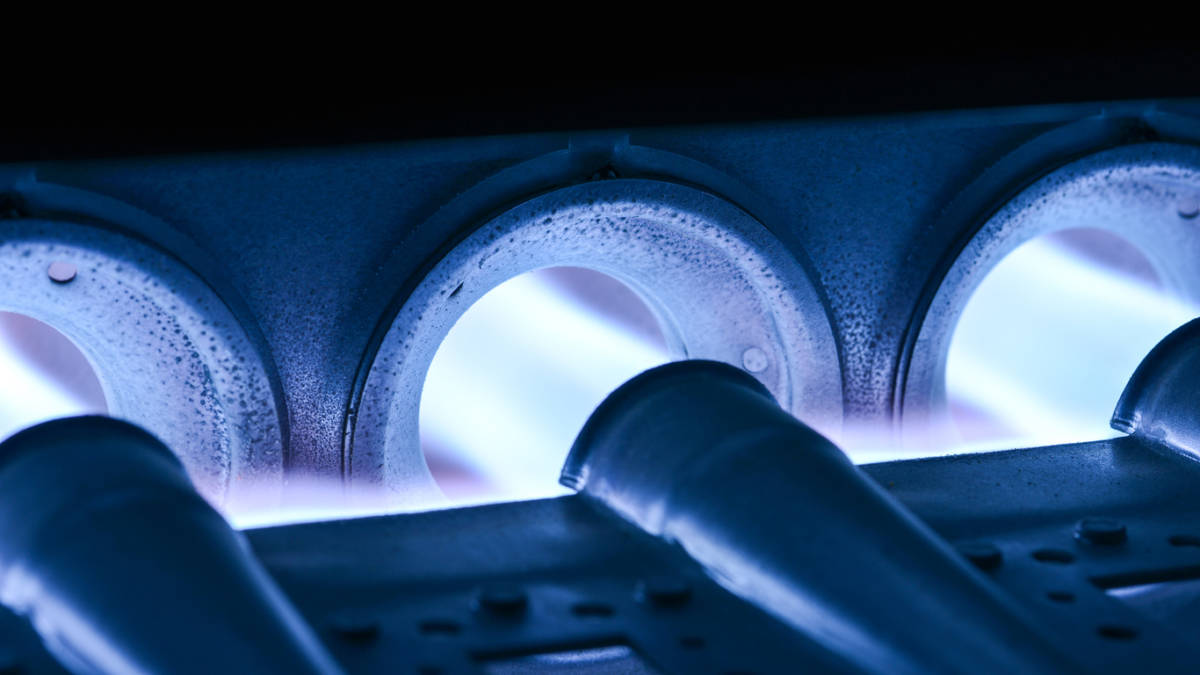Blending Hydrogen and Natural Gas (H2NG)
There is a lot of discussion about using renewable energy to generate hydrogen and blend it into natural gas streams partially to overcome the transmission losses and storage challengers presented by wind and solar.
Hydrogen is not new to gas streams, coal gas, town gas, or whatever your local area called it, was a blend including methane and a lot of hydrogen as well as some undesirables. However, the pipelines and equipment in use today were designed for natural gas streams comprised of almost nothing but methane.
Hydrogen is the smallest molecule and consequently it behaves differently in containment. It will creep through seals and threads with little effort. It even creeps into the structure of the metal itself described as hydrogen embrittlement or blistering.
Outside of containment, hydrogen is about 8 times lighter than natural gas causing it to rise quicker. Depending on the concentration, this will alter the gas coverage risk assessment used to design gas detector coverage. This can be a benefit in a fire causing the fire to go upward instead of outward. This might reduce some of the risk at the fence line around a facility.
It would be wrong not to mention that a hydrogen fire is different from a natural gas (methane) fire. The radiant energy will change, and the hydrogen fire will not be visible like a methane fire. Actual fire characteristics will depend on the concentration if hydrogen in the blend.
Outside of containment, hydrogen takes roughly 15 times less energy to ignite as methane. This is going to have an impact on area classification.
As hydrogen content increases the power required to compress the gas will also increase based on the Ideal Gas Law. Consequently, increased hydrogen concentration may require additional stages and intercooling to achieve similar performance. Additionally, the smallest molecule is going to try to escape containment in the compressors.
The calorific value of hydrogen is 3X less than methane requiring more cubic feet of hydrogen to deliver the same energy as natural gas. This has an impact on the equipment and processes using the blend. For instance, burner management systems will need to be tuned to the change. If the blend is high enough to alter the calorific value, then the BMS will open the feed too high for the programmed heat being generated and will likely engage a safety function to protect the burner.
There are other areas involving changes in flame speed that will need to be assessed on a case basis. Basically, converting from natural gas to a blend is not a 1:1 conversion. Everything encountering the blended stream will need to be reevaluated.
For more information or questions, contact us directly using the form below.
Contact - Kenexis
Use this form to contact Kenexis directly. We will respond as soon as possible, usually within one business day. Thank you.
"*" indicates required fields

